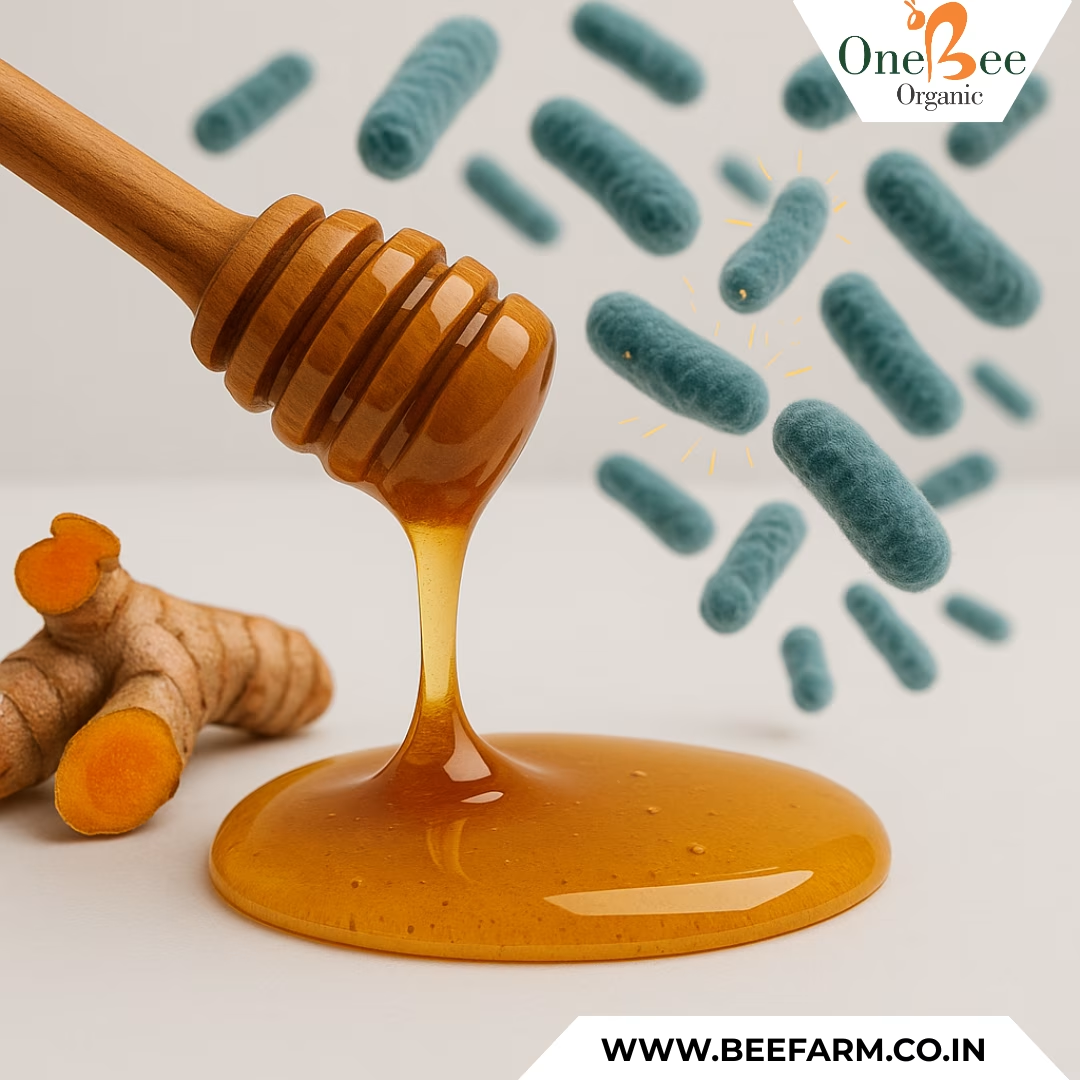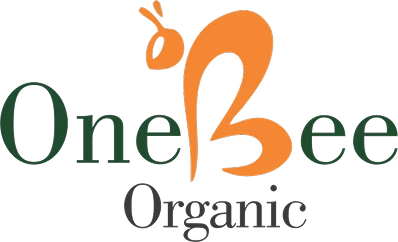Doubling Guava Farming Income by Honey Bees
Doubling Guava Farming Income by Honey Bees, Increasing income from guava farming by promoting honey bee activity is a sustainable and effective approach. Honey bees are excellent pollinators for guava trees, and their presence can lead to higher fruit yields and improved fruit quality. Here are steps to double your guava farming income by enhancing honey bee pollination:
1. Strategic Beehive Placement:
Position beehives within or near the guava orchard to maximize pollination. Ensure hives are protected from harsh weather and are easily accessible for beekeepers.
2. Native Flowering Plants for Forage:
Plant native flowering plants and cover crops around the orchard to provide additional forage. This encourages bees to stay and continue pollinating.
3. Minimize Pesticide Use:
Reduce or eliminate chemical pesticides, especially during guava flowering season, to prevent harm to honey bees. Use organic or bee-friendly alternatives instead.
4. Optimal Timing for Pollination:
Ensure guava trees are in full bloom when honey bee populations are at their peak. Proper timing is crucial for effective pollination and yield enhancement.
5. Collaboration with Beekeepers:
Partner with local beekeepers to maintain a healthy bee population during the flowering period. Renting hives or forming cooperative agreements can improve pollination.
6. Provide Water Sources:
Set up clean water sources near the orchard, as honey bees require water to stay active and healthy, especially in hot weather.
7. Maintain Bee Health:
Regularly inspect bee colonies to ensure they are disease-free and strong. Good beekeeping practices help sustain robust bee populations.
8. Implement Bee-Friendly Planting:
Utilize companion planting with flowers that attract bees to make the orchard more inviting, boosting pollination activity.
9. Educate and Raise Awareness:
Inform farm workers, local communities, and consumers about the role of honey bees in guava pollination and the benefits of bee-friendly farming methods.
10. Manage Harvest Timing:
Harvest guavas when most flowers have been pollinated but before the fruits become overripe. Proper timing ensures better fruit quality and yield.
11. Keep Detailed Records:
Track honey bee activity, hive strength, and pollination success to measure the impact on guava crop production.
12. Protect Bee Colonies:
Use natural remedies and physical barriers to prevent pests and predators from affecting honey bee colonies.
13. Monitor Weather Conditions:
Stay informed about extreme weather conditions that could impact bee activity. Provide supplemental feeding if necessary during adverse conditions.







Leave A Comment